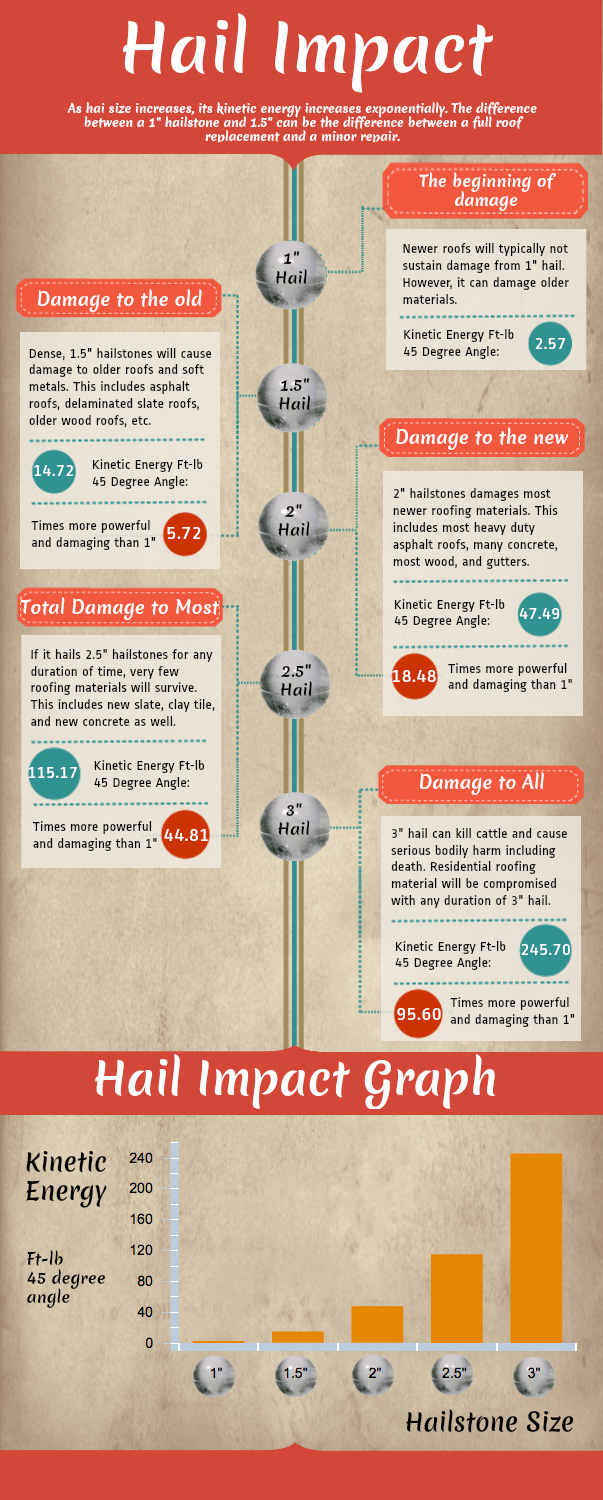Ignoring Roofing Air Flow Can Incur High Expenses In Repairs; Understand The Fundamental Factors That Ensure Proper Installment And Shield Your Financial Rate Of Interests
Ignoring Roofing Air Flow Can Incur High Expenses In Repairs; Understand The Fundamental Factors That Ensure Proper Installment And Shield Your Financial Rate Of Interests
Blog Article
Write-Up By-Hermansen Ploug
When you're dealing with a roofing job, you could not believe much about roof covering air flow, however it's more vital than you understand. Reliable ventilation helps manage temperature and dampness in your attic, preventing issues like mold and structural damages. By comprehending how to develop and mount a well balanced air flow system, you can boost energy efficiency and extend the lifespan of your roof covering products. So, what are the key aspects to think about throughout installment that can make all the difference?
Relevance of Roofing System Air Flow
Roofing ventilation plays an important function in keeping the general wellness of your home. By enabling fresh air to flow with your attic, it aids regulate temperature level and moisture levels. This balance is essential to prevent heat accumulation throughout hot months, which can lead to boosted energy expenses as your cooling works overtime.
In addition, proper ventilation considerably reduces the danger of moisture-related issues like mold and mildew and mold. If moisture levels climb, your home's structural stability can be compromised, causing pricey repair work. You wouldn't want to manage deteriorating timber or deformed roof materials, right?
Furthermore, adequate air flow prolongs the life expectancy of your roofing system. When heat and dampness are kept in check, your roof covering can execute ideally, preventing premature damage. roofing contractor san antonio means fewer migraines and expenses down the line.
How Roof Covering Ventilation Functions
Effective roofing ventilation relies upon the natural movement of air to develop an equilibrium between consumption and exhaust. When you set up vents, you're essentially enabling fresh air to enter your attic room while enabling hot, stale air to escape. This process helps control temperature level and wetness degrees, avoiding issues like mold development and roofing damage.
Intake vents, commonly discovered at the eaves, reel in great air from outdoors. On the other hand, exhaust vents, situated near the ridge of the roof covering, let hot air increase and departure. The distinction in temperature creates a natural air flow, known as the stack result. As warm air rises, it creates a vacuum that pulls in cooler air from the lower vents.
To enhance this system, you need to guarantee that the consumption and exhaust vents are appropriately sized and positioned. If the consumption is limited, you won't accomplish the preferred ventilation.
Furthermore, not enough exhaust can catch warmth and dampness, causing possible damage.
Key Installment Considerations
When installing roof air flow, a number of vital factors to consider can make or damage your system's effectiveness. Initially, you require to assess your roof covering's style. The pitch, shape, and products all affect air flow and air flow choice. Ensure to pick vents that fit your roofing type and regional climate conditions.
Next, take into consideration the placement of your vents. Preferably, you'll desire a well balanced system with intake and exhaust vents positioned for optimum air movement. Location intake vents short on the roof and exhaust vents near the optimal to motivate an all-natural flow of air. This setup assists prevent moisture buildup and promotes energy effectiveness.
Don't ignore insulation. Appropriate insulation in your attic room prevents warmth from escaping and keeps your home comfy. Make certain that insulation doesn't obstruct your vents, as this can hinder air movement.
Finally, consider upkeep. Pick ventilation systems that are easy to accessibility for cleansing and inspection. Regular maintenance guarantees your system continues to work efficiently with time.
Final thought
In conclusion, roofing ventilation is necessary for a successful installation. By making sure appropriate airflow, you can avoid heat buildup and moisture issues that result in costly damage. When window san antonio setting intake and exhaust vents, you improve power effectiveness and extend the life expectancy of your roofing. Remember, a well-ventilated roofing not only secures your investment yet also boosts your indoor air quality. So, More Information and facts to make sure a durable and economical roofing system for your home.
